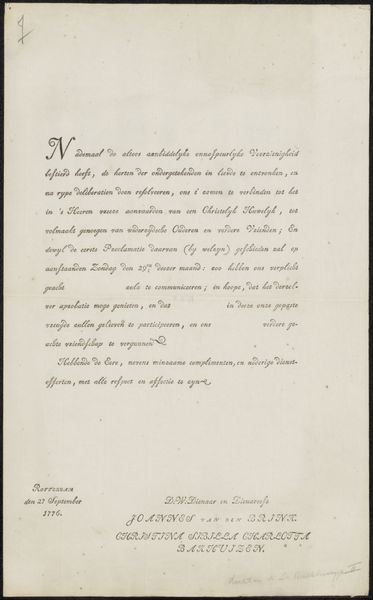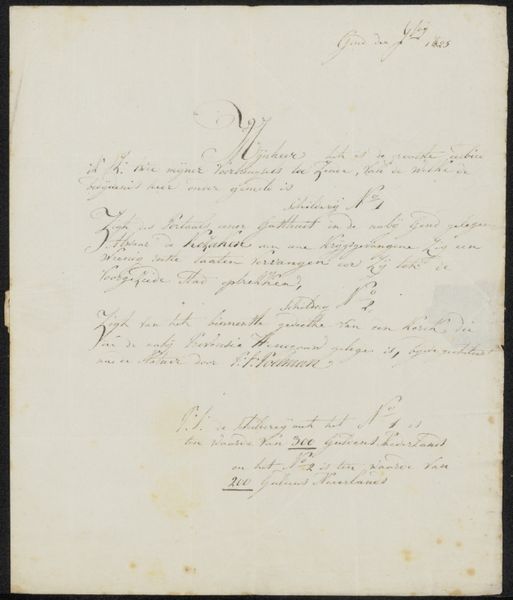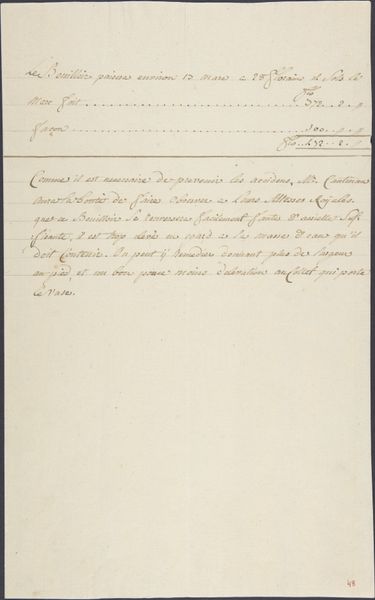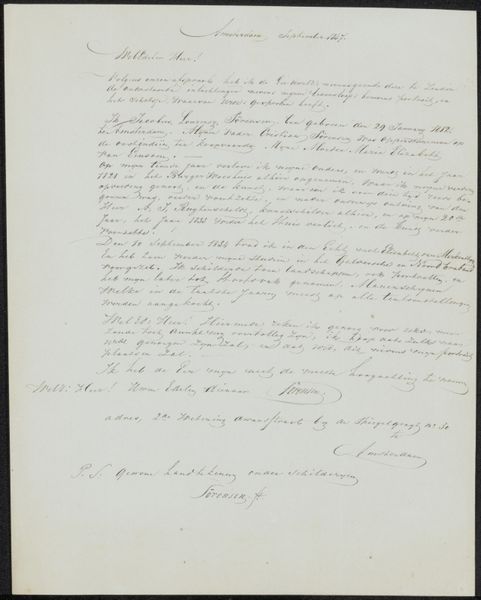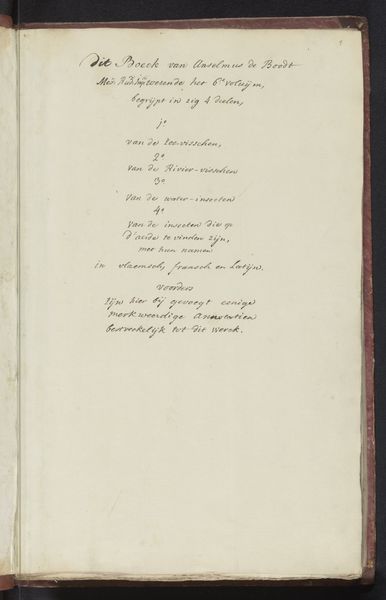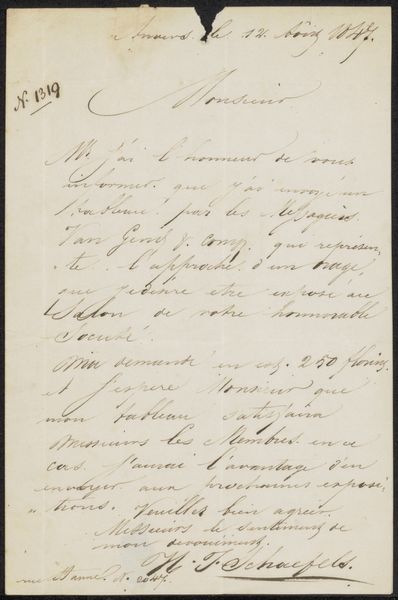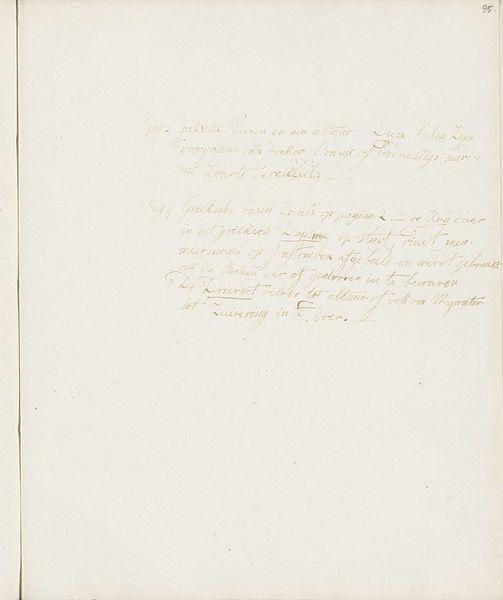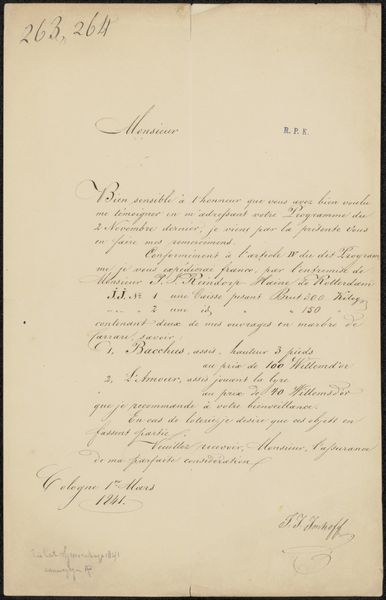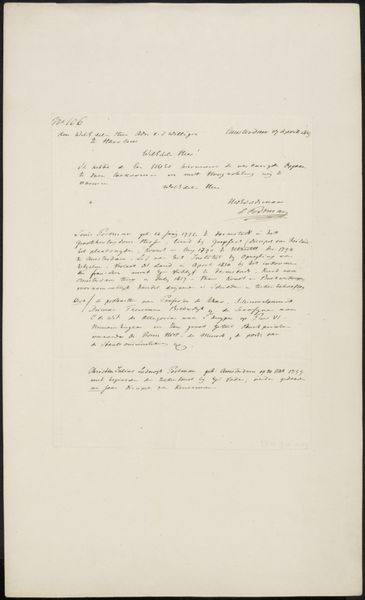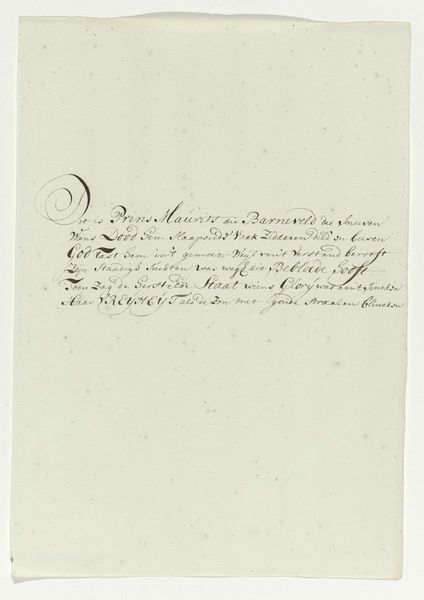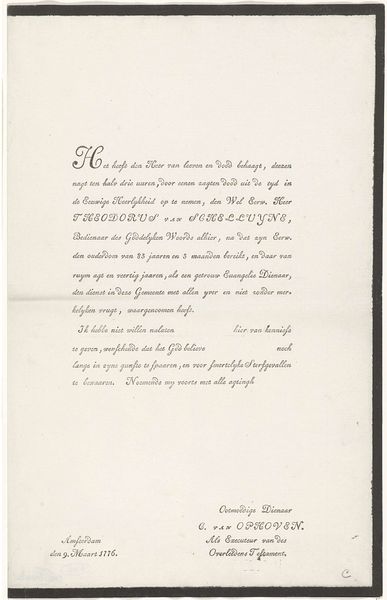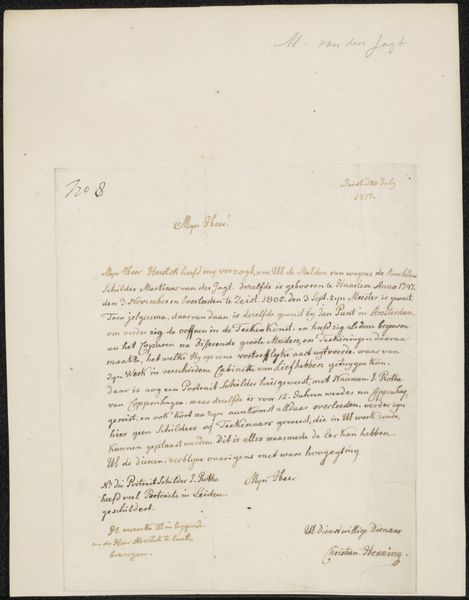
graphic-art, print, paper, ink, engraving
#
graphic-art
# print
#
paper
#
ink
#
engraving
Dimensions: height 170 mm, width 148 mm
Copyright: Rijks Museum: Open Domain
This explanatory plate, made by Bernard Picart, elucidates the workings of a perpetual calendar. It's an engraving, meaning the design was incised into a metal plate, likely copper, and then printed. This process is incredibly precise, demanding intense focus and control. Notice the crisp lines and the delicate shading that brings depth to the diagram. The very act of engraving, with its requirement for meticulous labor, speaks to the importance of time and order in the early 18th century, when clockwork mechanisms became fashionable, promising to rationalize daily life. The calendar itself is a device for organizing time, but the means of its production—a skilled engraver, meticulously translating complex information onto a metal plate—highlights the period’s obsession with control and measurement. So, when we look at this image, we're not just seeing a guide to tracking days. We're glimpsing a society striving to impose structure and reason onto the natural world.
Comments
No comments
Be the first to comment and join the conversation on the ultimate creative platform.
